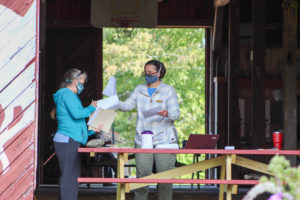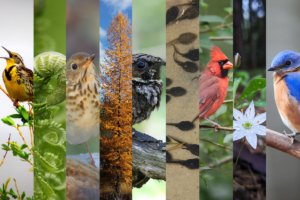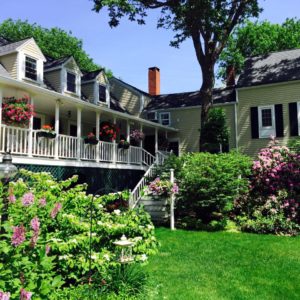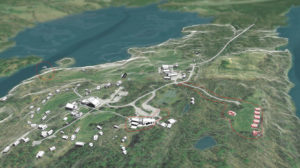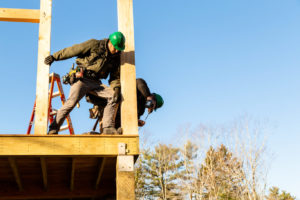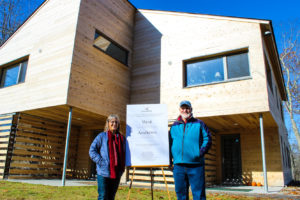With the dog days of summer behind us, it’s time to check in on our east-side pasture restoration project!
At our last check, the restored pasture area was in the middle of a dramatic subsoiling process. Since then, the pasture has been seeded with a cover crop of jerry oats, and is now greening up nicely.
360° Streetview of the Eastside Pasture
According to Chewonki Farm Manager Megan Phillips, the choice to sow oats over the newly-cleared pasture is a curious question of microbiology:
“…the first reason we’re using oats instead of grass is because the oat seed is larger, and has a better chance of germinating in that highly carbon-enriched environment on the top layer of soil. Second, by using a cover crop instead of going directly to grass, it gives us the chance to change the soil from a primarily fungal biology (which is a normal forest floor, where trees thrive) to a primarily bacterial environment where grasses and gardens thrive.”
Leafy Vs. Stemy
Timing is everything in farming, and the cultivation of this new pasture space is governed by the fascinating growth of oat shoots from the “leafy” phase (where the plant is mostly nitrogen) to the “stemy” phase (where the plant becomes mostly carbon.) Because of our desire to fix the nitrogen in the soil, the farmers will plow under the cover crop of oats while still leafy-green.
Disc Harrowing
Megan and the rest of the Salt Marsh Farm team plan to use a tractor attachment called a “disc harrow” to plow under the leafy oat crop this week, providing time for a second crop to sprout before the onset of winter.
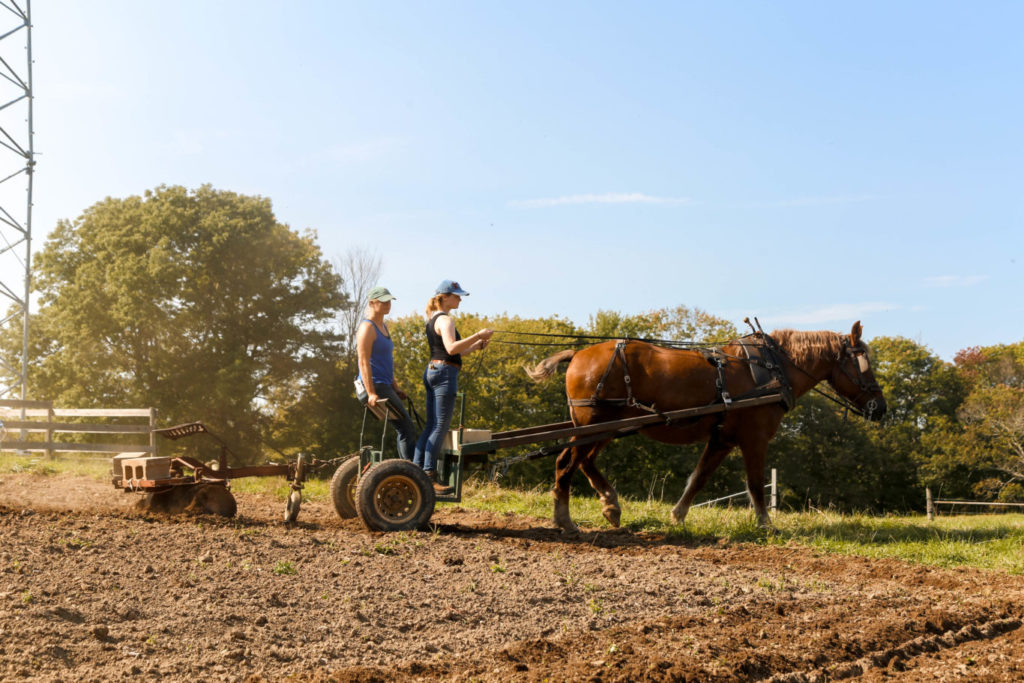
Because of the remarkable change in composition in the oat plants from leafy to stemy phase, our farmers must play a waiting game between now and the onset of winter.
“If the second crop of oats is still leafy when winter arrives, we’ll let them sit all winter and seed the pasture with grass in the spring” says Phillips. “But if winter comes late, and the oats become stemy, we may need to plow it under with the disc harrow a second time and seed the pasture with grass right away.”
In the meantime, the cows, sheep, horses (and farmers) of Saltmarsh Farm can only gaze longingly over the lush fields of ripening oats – and dream of a nitrogen-fixed spring.
